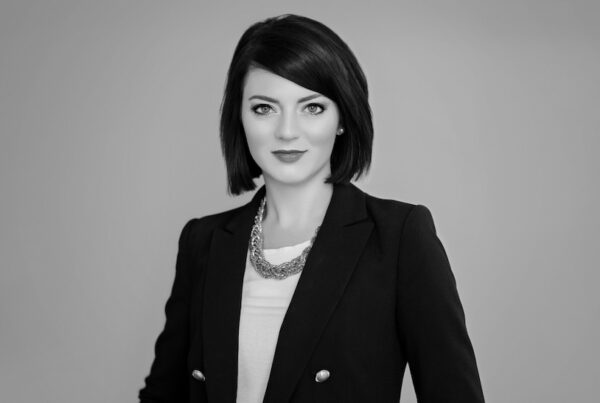News >

OMG APAC’s Paul Shepherd Weighs in on the Ad Fraud Conversation
This excerpt was originally published by The Drum.
Ad fraud has been a major concern for brands, ever since the ‘methbot scandal’ hit the headlines two years ago. As fraud follows the money, the industry needs to be further educated on how to combat this as all media starts to be programmatically traded.
At Programmatic Punch, The Drum brought together Integral Ad Science (IAS) managing director of Southeast Asia Laura Quigley, Mediacom APAC chief investment officer Paul Waller, Intel regional digital marketing manager JAPAC Rohan Kamra and Omnicom Media Group chief investment officer Paul Shepherd to look into a future of ‘programmatic everywhere’ and eulogize on its impact on ad fraud.
A key point of union within the speakers was that ad fraud as a whole needed to be taken more seriously.
According to an IAS report in SEA, $520M is wasted in digital ad fraud. According to a recent report, an estimated 19% of worldwide OTT impressions were invalid and at risk to be lost to ad fraud a year…
Omnicom Media Group’s Paul Shepherd said all agencies and brands had to start with having an opinion on inventory but there was still an issue on accountability.
“It comes down to understanding and having an opinion on inventory. I’ve been around in programmatic since 2010 and you don’t have to be Einstein to know that a site that you never heard of, which has millions of impressions in your country, is fraud. Where the hell did that come from? So I think understanding suppliers is where it should start, and it’s what agencies should do. Understanding supply technology is an insight that calls bullshit on numbers that don’t make sense. It’s where the focus has to be from a client point of view.
“If I’m a client, I don’t want to pay for any fraud. It doesn’t mean that fraud won’t or doesn’t exist. We have bad actors in the industry, profiteering from fraud. The question that I always come back to is what is happening to those bad actors when they do it? Now there’s a few cases go on in the US right now where I think is the first time that bad actors are going to be held to account, but there haven’t been any major risks for these people,” he added.
While the accountability of bad actors is only just starting to be tackled, there’s a raft of activity that brands can do themselves…
A lot of brands have a low tolerance for risk and for those brands, particularly as they move into evolving mediums such as OTT and OOH, the key is establishing new metrics of measurement. Digital, the group agreed, has created a perfect environment for fraud because the legacy metrics can be gamed.
“The client teams at agencies or the clients need to take some ownership on moving away from price to effectiveness. Agencies live this day in, day out. We’ll get a brief from a client, it will be a spreadsheet, it will have an ad unit, it’ll have maybe 1500 ad units and there’s a price, the consultancy will come back and say you’ve got to move your price by 30% but nothing about quality, nothing about effecting, some do. We’ve got to start changing the conversation away from price to effectiveness, and I actually think that comes from the marketers because at the end of the day agencies are slightly downstream,” said Shepherd.
The easiest way to do this, the panel agreed, was to shift the focus from legacy metrics and optimizing to clicks.
“The one thing I would ask marketers to do is change the conversation from price from a click. The easiest way to buy fraud, ladies and gentleman, is to optimize to a click: fact,” added Shepherd.
A challenge for the industry is driving a new attitude to the metrics of success right to the top of businesses, sometimes beyond the marketers and into business leadership at brands…
With the tracking of fraud across OTT and other evolving mediums in its infancy, brands and agencies should be learning from the mistakes made around display as a first step.


